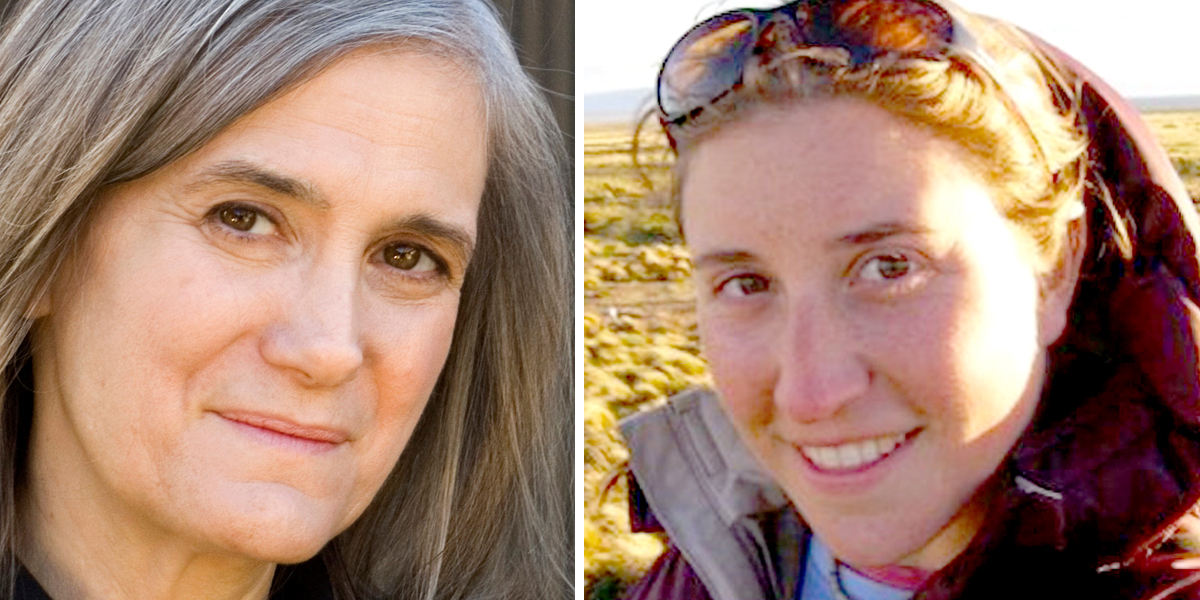
DOJ Must Protect First Amendment Rights for Charged Journalists Amy Goodman and Deia Schlosberg

[For the latest on this case, click here.]
North Dakota has charged journalist Amy Goodman and filmmaker Deia Schlosberg for doing their jobs: reporting and documenting the peaceful protests against the Dakota Access Pipeline. This string of arrests constitutes nothing less than a war on journalism and a victory for fossil fuel interests that have banked on the pipeline.
We call on the Department of Justice (DOJ) to act to protect the first amendment rights of those attempting to tell the stories of the water protectors fighting the risky pipeline. The DOJ must investigate the arrests of Amy Goodman and Deia Schlosberg at the hands of North Dakota police.
Amy Goodman: 'I Will Go Back to North Dakota to Fight This Charge' https://t.co/BzTbGaGKej @ChiefTheresa @Indigeneity
— EcoWatch (@EcoWatch) October 15, 2016
The first amendment is not only a cornerstone of our bill of rights, but the right to free speech and freedom of the press is critical to addressing our climate chaos. We need brave journalists to tell the stories of injustice that are occurring at the hands of the banks and fossil fuel companies seeking to extract every last drop of fossil fuels for profit—no matter the cost.
Filmmaker Deia Schlosberg was arrested filming a #DAPL protest https://t.co/nSjUW3fr0M @BoldNebraska @NoTarSands
— EcoWatch (@EcoWatch) October 14, 2016
We applaud Goodman and Schlosberg for courageously documenting the peaceful actions at Standing Rock and call upon Attorney General Loretta Lynch to investigate their arrests and act to protect the first amendment rights of those attempting to tell the stories of the water protectors fighting this risky pipeline.

 233k
233k  41k
41k  Subscribe
Subscribe 